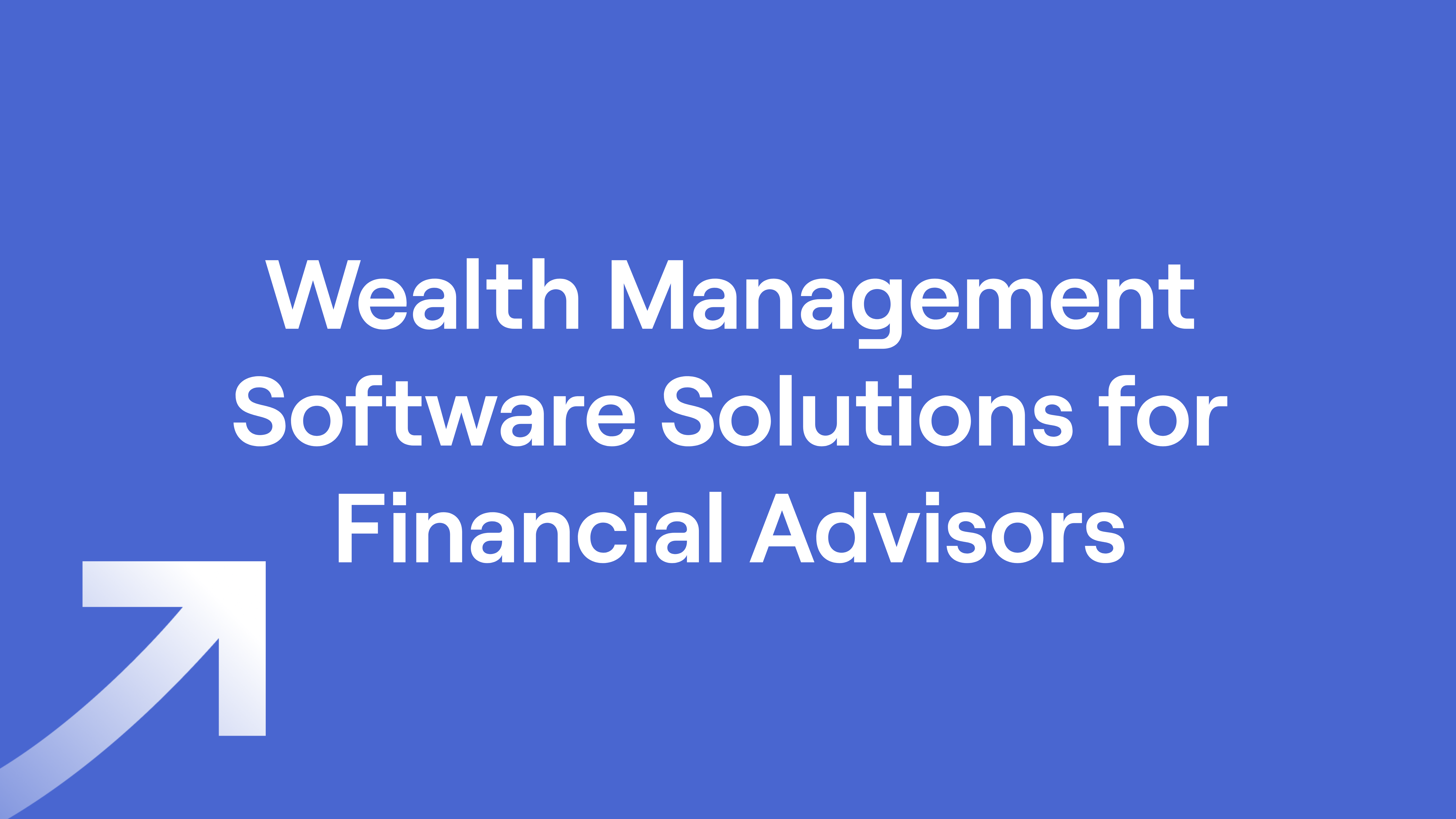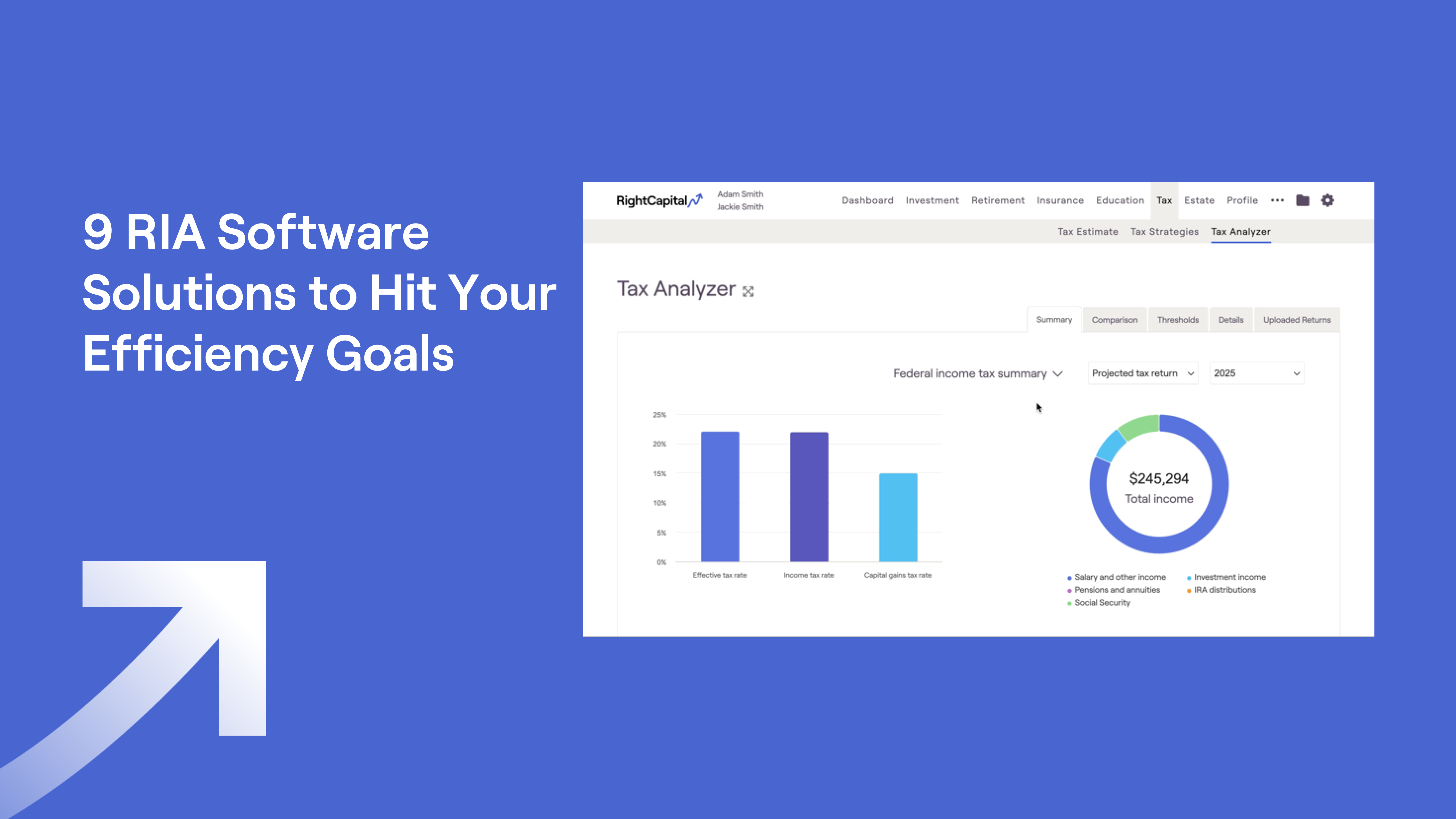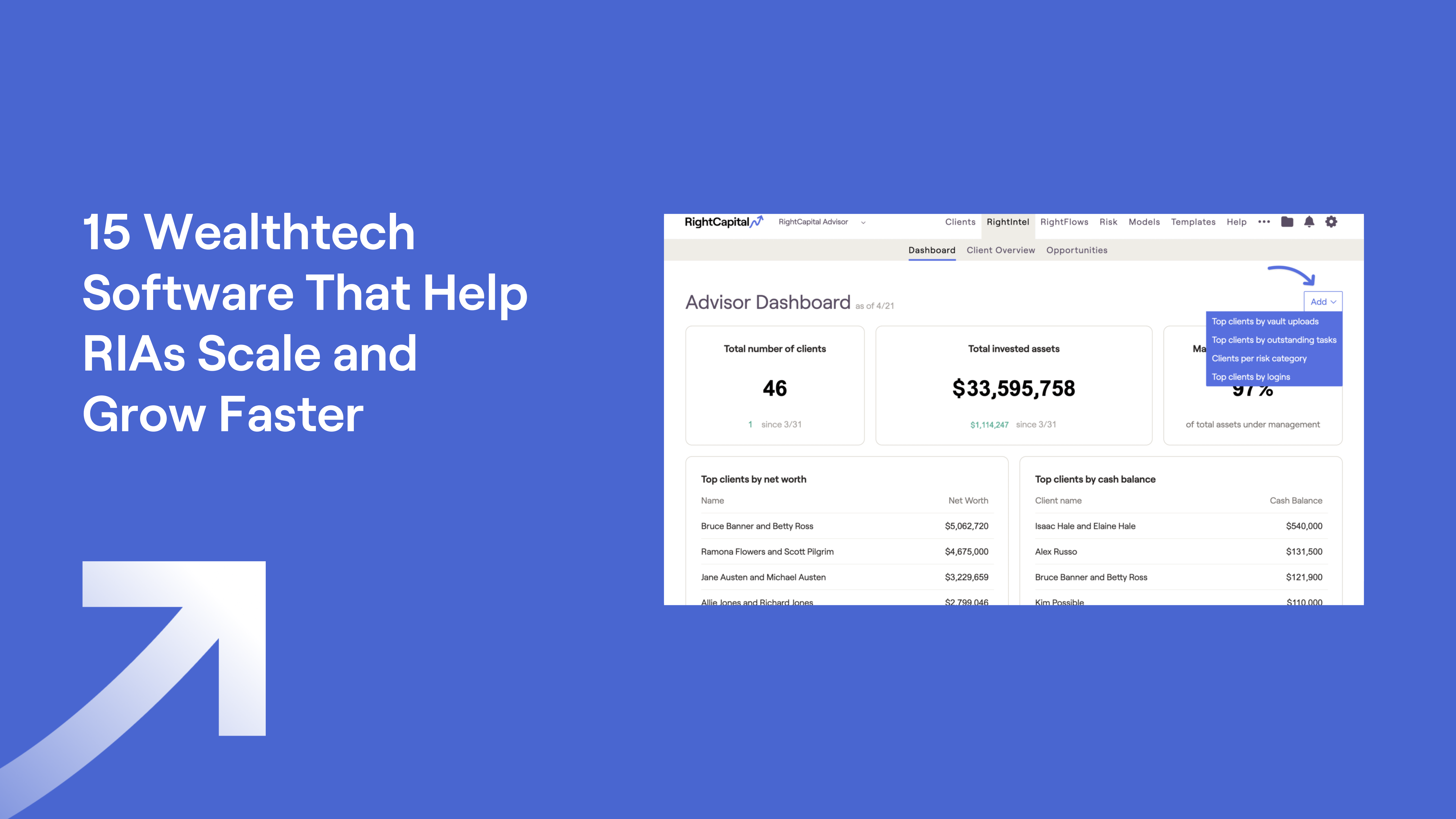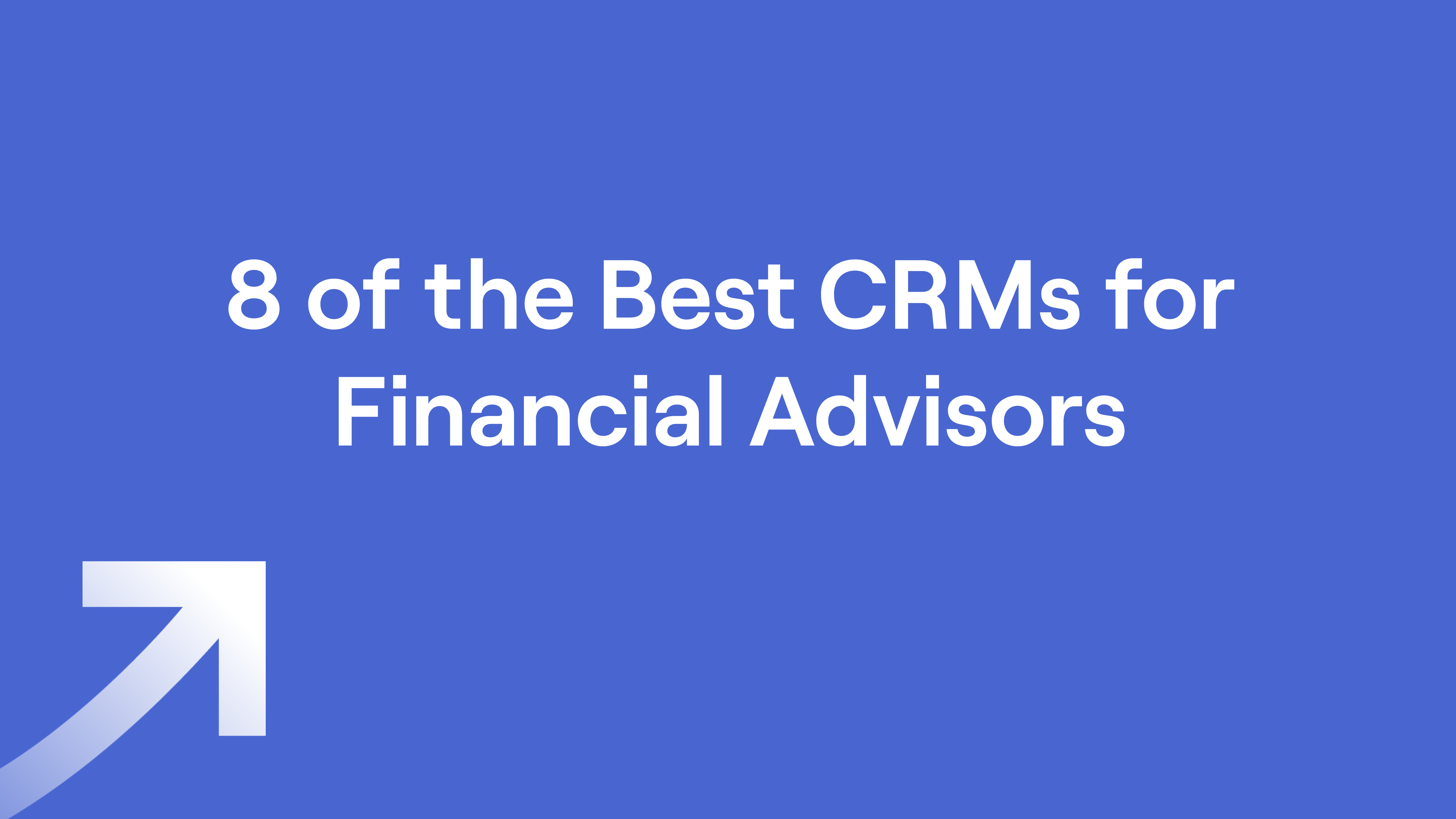Why SOC 2 Compliance Matters for Financial Advisors Today
June 27, 2025
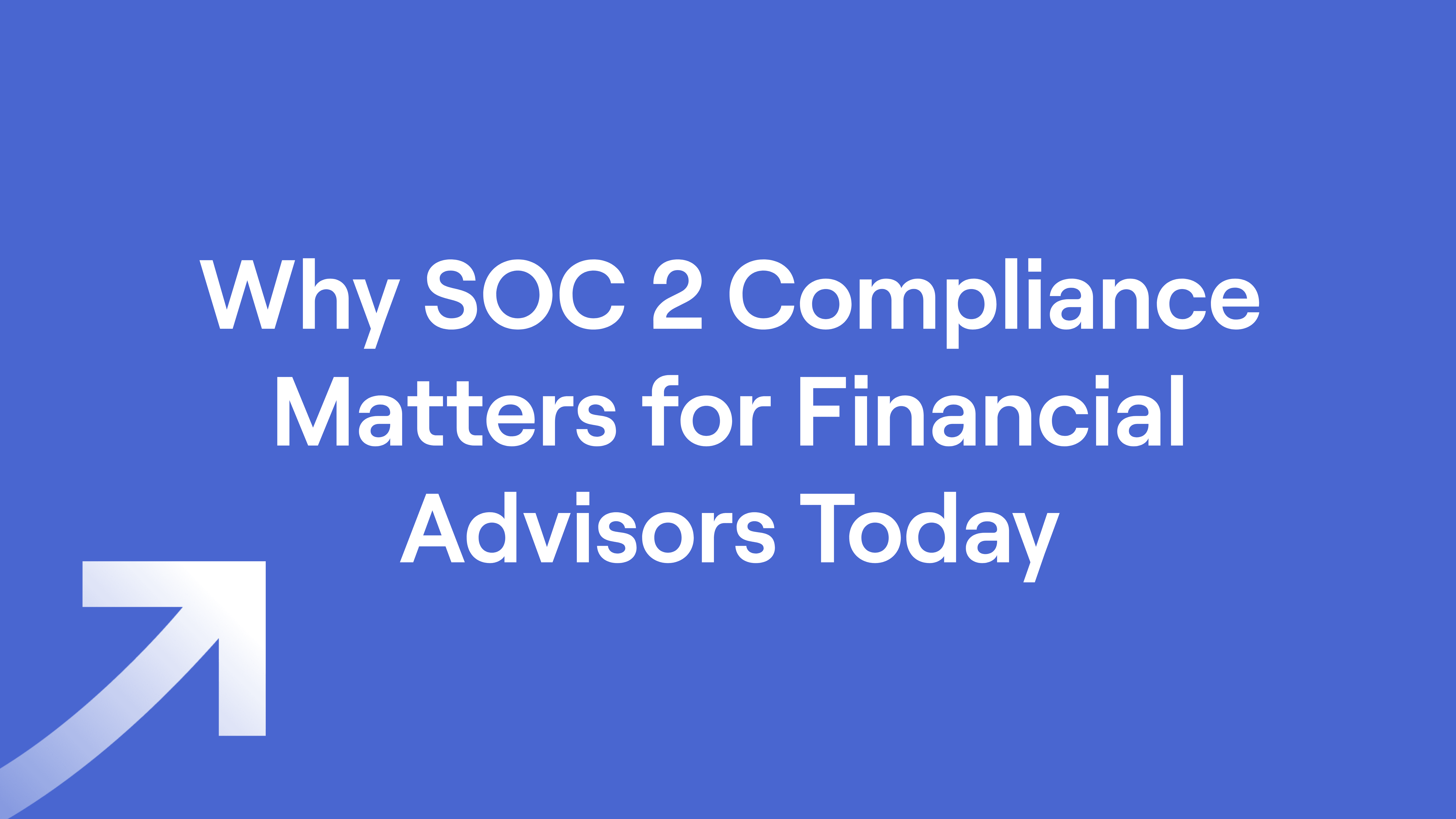
You already know how important it is to protect your clients' financial data. But knowing where to start, especially when it comes to SOC 2 compliance, can be daunting.
The language is technical. The list of requirements seems to grow longer each day. And frankly, it’s hard to tell which parts apply to your firm and which are optional.
In today's landscape of high-profile data breaches and increasing client and government scrutiny, understanding SOC 2 compliance isn't just a box to check. It helps you protect your firm's reputation, improve client trust and retention, and stay competitive in a crowded field.
This guide breaks it all down in plain English. You'll learn what SOC 2 compliance actually is, what it means for financial advisors, and how it can give you a leg up with security-conscious clients and prospects.
What is SOC 2 compliance?
SOC 2 stands for Systems and Organization Controls 2. It's a framework created by the American Institute of Certified Public Accountants (AICPA) to evaluate how well service organizations protect their customers' data through effective organization controls.
Think of SOC 2 as a thorough examination of your data security practices.
It’s more than a review of the tools you use to handle the customer data your firm stores, processes, or transmits. It evaluates your entire approach to protecting sensitive information, including your policies, procedures, and day-to-day operations.
For financial advisors handling Social Security numbers, account details, and personal financial information, the AICPA’s SOC 2 guidelines provide a roadmap for implementing strong data and information security controls.
SOC 2 Type 1 vs. SOC 2 Type 2
Here's where things get interesting. There are two types of SOC 2 attestation reports. Both types follow the AICPA’s standards for assessing your organization’s controls. But they differ in the length of time over which your controls were evaluated.
SOC 2 Type 1 is a snapshot. It checks whether your security controls are designed properly at one specific point in time. Think of it like a photo that shows you what things looked like on that particular day.
SOC 2 Type 2 is more like a movie. It examines whether your controls actually work over a period of time, usually three to 12 months. This attestation report doesn't just verify you have the right systems. It confirms you're using them consistently and effectively.
What financial advisors should know about SOC 2 Trust Services Criteria
The Trust Services Criteria are the backbone of SOC 2 compliance. The AICPA developed these five principles to guide auditors in evaluating a firm’s data security practices.
Understanding the Trust Services Criteria helps you identify where your firm might need stronger cybersecurity safeguards to improve your overall security posture. But implementing better security criteria does more than just keep your client’s most sensitive information safe, it helps you earn their trust and increase your competitive advantage.
Nearly 90% of consumers say they won’t do business with a company if they have any concerns about its security practices.
Mandatory: SOC 2 security
Every organization seeking SOC 2 compliance must demonstrate that they have robust policies in place to protect sensitive data and reduce the chance of security incidents.
This might mean implementing stronger access controls, encryption, and firewalls, and conducting regular monitoring to detect potential vulnerabilities and threats.
The goal is to prove to auditors that you’re able to protect confidential and sensitive data (banking info, Social Security numbers, etc.) from unauthorized access.
Of the five Trust Services Criteria, this is the only one that’s mandatory. The rest are optional.
Optional: SOC 2 availability
Your data processing systems' functionality needs to work when clients need it. Period.
Availability ensures that your technology platforms are accessible and operational when clients want to check their accounts or prepare for their next meeting with you. .
This criterion evaluates your incident response and disaster recovery plans, backup systems, and overall reliability. When technology fails, your clients shouldn't have to wait.
Optional: SOC 2 processing integrity
Processing integrity focuses on accuracy. Your systems must be able to handle client data correctly every single time, without errors or omissions.
For financial advisors, this is essential for providing quality service. When you're calculating retirement projections or generating performance reports, processing integrity ensures clients can depend on accurate information.
Optional: SOC 2 confidentiality
Confidentiality goes beyond basic security. It requires limiting access, use, and storage of confidential data to authorized members of your team and only for specific purposes.
This means implementing employee training, access restrictions, and data handling procedures that ensure sensitive information stays protected. All of these controls help you keep your clients’ information safe, while increasing trust and boosting your firm’s reputation.
Optional: SOC 2 privacy
Privacy addresses how you collect, use, retain, and dispose of personally identifiable information. Clients must know what data you're collecting and how you're using it.
What is a SOC 2 audit?
A SOC 2 audit is an independent evaluation conducted by a CPA following AICPA standards to assess whether your service organization's controls meet the Trust Services Criteria.
These aren’t legal requirements, like HIPAA or GDPR, but SOC 2 compliance may be required by prospects, customers, and other stakeholders looking for assurance that you have the systems and controls in place to protect their data.
SOC 2 Type 1 audits are often used as a starting point, and are typically updated if your firm makes significant changes to its systems or controls.
Most clients expect SOC 2 Type 2 reports to be refreshed annually. Attestation reports older than 12 months are generally viewed as outdated.
Preparing for a SOC 2 audit can take months. It’s typically recommended you start engaging with an auditor three to six months before the formal audit process begins. This gives you time to document your internal controls, address any areas of non-compliance, and make any necessary improvements to meet the requirements.
Types of SOC 2 reports
Understanding the difference between SOC 2 Type 1 and Type 2 attestation reports helps you make the right call for your firm and clearly communicate your security posture to clients. Here’s how the two compare:
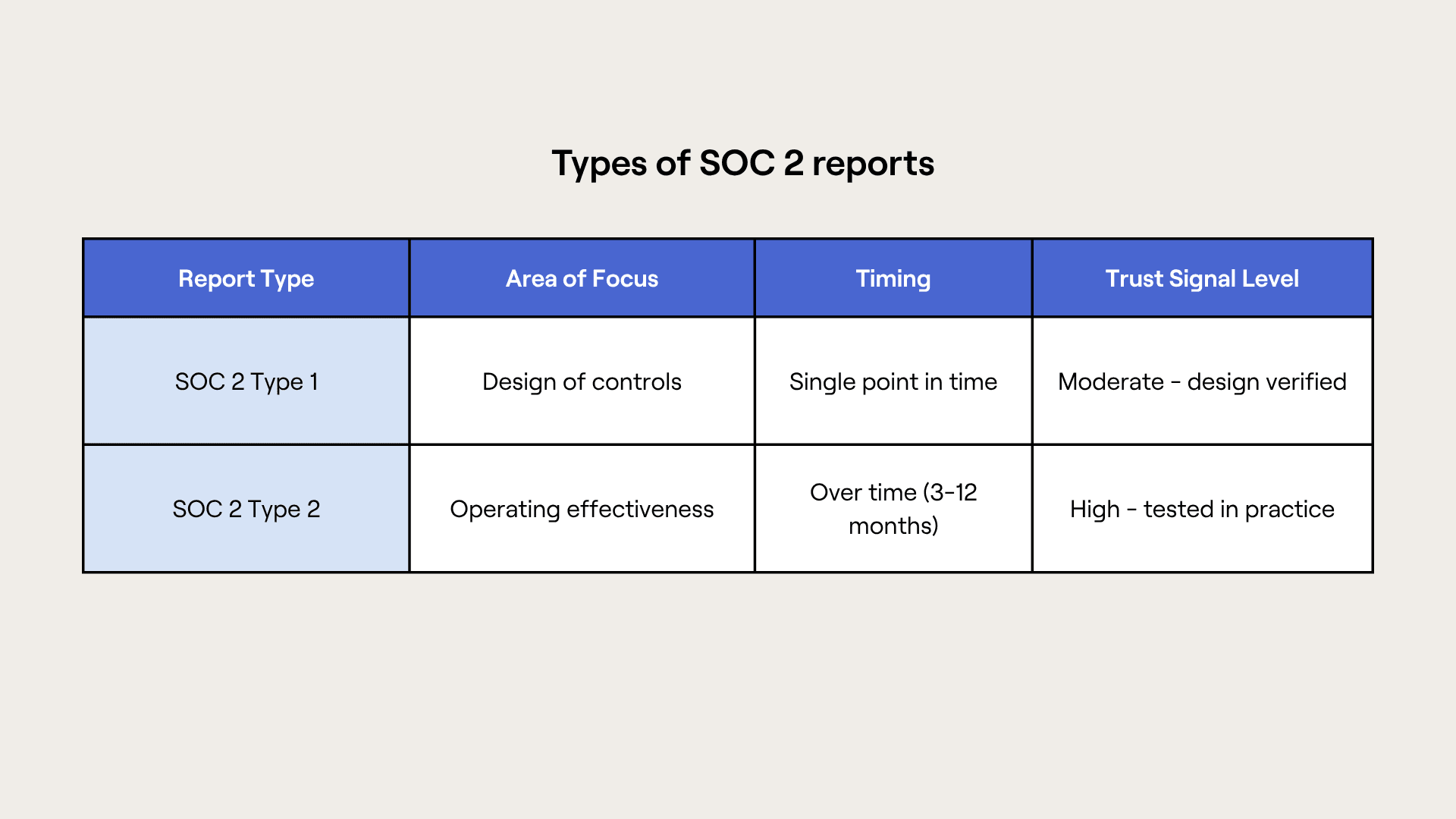
SOC 2 audit results and what they mean
SOC 2 attestation reports result in one of four opinions:
Unqualified opinion: Your internal controls are designed and operating effectively with no significant issues identified
Qualified opinion: Your internal controls are generally effective, but the auditor found some deficiencies that don't completely undermine overall effectiveness
Adverse opinion: Your internal controls have significant problems that prevent them from meeting the Trust Services Criteria
Disclaimer of opinion: The auditor couldn't complete the evaluation due to scope limitations or other restrictions
5 common SOC 2 myths explained
There’s a lot of conflicting advice out there about SOC 2 compliance, and it’s easy to come away with more questions than answers.
Let’s clear up some of the most common misconceptions and help you separate fact from noise.
Myth 1: SOC 2 is the same as general IT security
SOC 2 is much more comprehensive than basic IT security. While it includes technical controls like firewalls and encryption, it also evaluates your policies, procedures, and governance structures.
General IT information security might focus on installing the right software. SOC 2 examines whether your service organization consistently follows data security best practices.
Myth 2: Only enterprise financial advisor firms need it
Smaller RIA firms face the same cybersecurity risks as large enterprises but often have fewer resources to address them.
Clients want assurance that their advisor takes data security seriously, regardless of the firm’s size. SOC 2 compliance can help smaller firms stand out to security-conscious clients.
Myth 3: SOC 2 Type 1 equals full compliance
As mentioned, a SOC 2 Type 1 audit report only shows that your controls were properly designed and implemented at one point in time. It doesn't prove that these controls work effectively or that your team follows procedures consistently.
SOC 2 Type 2 reports, conducted by a CPA, evaluate whether controls operate effectively over time. SOC 2 Type 1 can be a useful starting point, but Type 2 provides stronger assurance.
Myth 4: SOC 2 compliance is a one-time event
SOC 2 compliance requires ongoing effort. Your data processing controls must adapt to new threats and vulnerabilities, technology changes, and your business growth.
You’ll want to monitor controls, address deficiencies, and ensure your team continues following established procedures between CPA audits.
Myth 5: SOC 2 compliance is expensive
SOC 2 compliance does require some investment, but the fees are worth the long-term benefits.
Consider the potential cost of a data breach: the lost clients and damaged reputation. Investing in SOC 2 compliance helps protect against these much more expensive scenarios.
Why you should choose SOC 2-certified financial planning software
You’re not the only one dealing with SOC 2 requirements.
Software as a service (SaaS) vendors, like service organizations, have to undergo their own SOC 2 audits to ensure they have the right systems and controls in place to protect customer data and personally identifiable information.
And just like clients want to work with compliant advisors, you’ll want to work with SaaS vendors who have also received the SOC 2 stamp of approval.
Here are the benefits.
Enhances trust and credibility
When your financial planning software maintains SOC 2 compliance, it shows that a CPA has verified the vendor's organization controls and information security practices meet AICPA standards.
This helps you enhance your credibility with clients who want assurance that all of the systems that access their financial data can be trusted.
Adds a competitive advantage
Working with SOC 2-compliant SaaS vendors can differentiate your firm from competitors who don't prioritize data security. When prospects evaluate financial advisors, the fact that your technology service providers meet security regulators’ strict standards can help seal the deal.
Reduces risk
SOC 2-compliant software vendors have demonstrated that their security controls meet established standards. This reduces your risk of data breaches and compliance violations, as well as any reputational fallout.
Streamlines compliance efforts
When your software vendors maintain SOC 2 compliance, it makes your life easier. You can rely on their attestation reports as evidence of proper vendor management and focus your energy on areas in which you have more control.
Improves internal processes
Another perk: SOC 2-compliant software often includes functionality that supports better data governance and operational efficiency. These information security tools can help you implement stronger internal controls while improving the client experience.
Conclusion
SOC 2 compliance requirements aren’t just about checking boxes. They’re about building trust with clients and protecting what matters most to your firm.
As cybersecurity threats continue to evolve, firms that prioritize compliance requirements will be better positioned to protect clients, improve retention, and grow their businesses.
RightCapital knows how important it is to protect your clients’ data. That’s why necessary systems and controls have been implemented to achieve SOC 2 Type 2 compliance and give you the peace of mind that your planning software meets the highest security standards.
Looking for planning software that’s incredibly easy to use and up to SOC 2 standards? See how RightCapital can simplify your compliance efforts by scheduling a free demo today.


